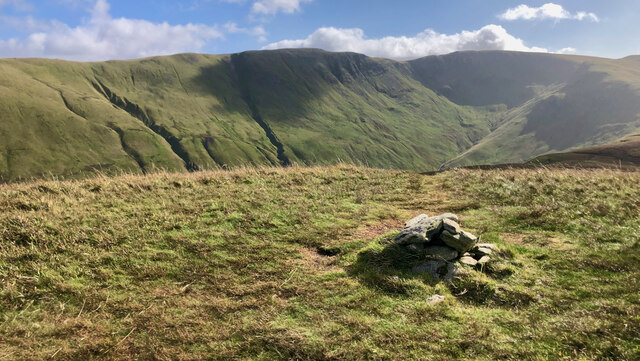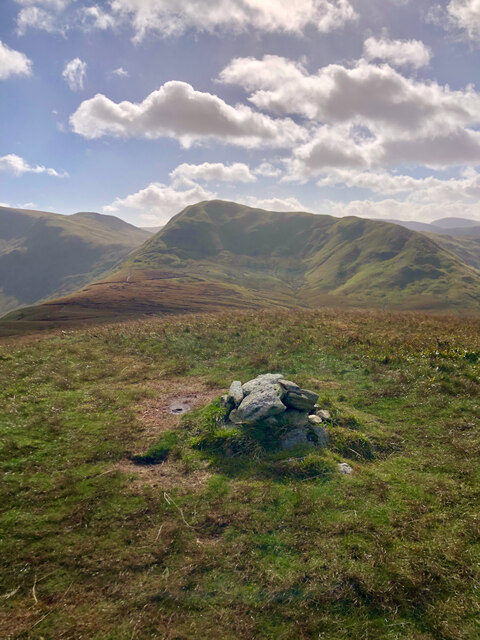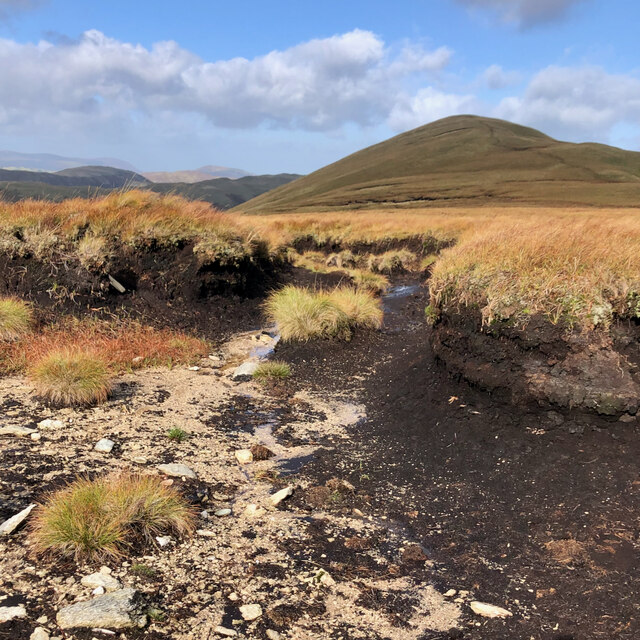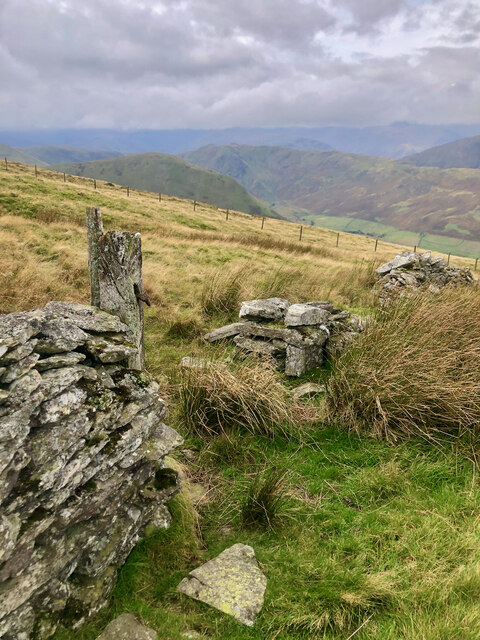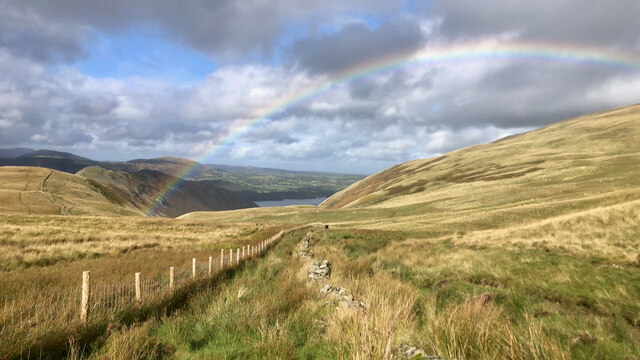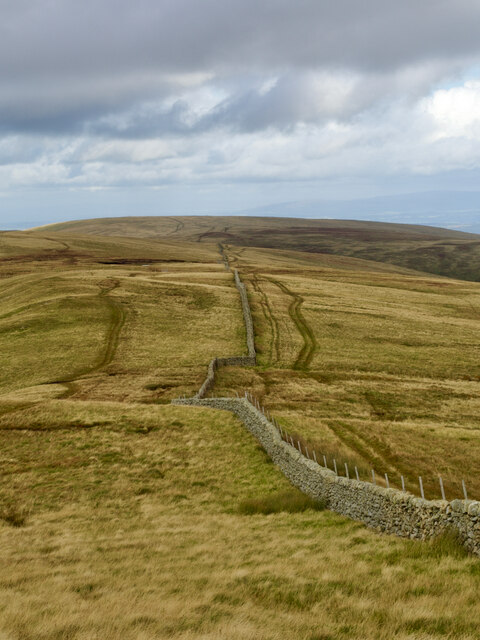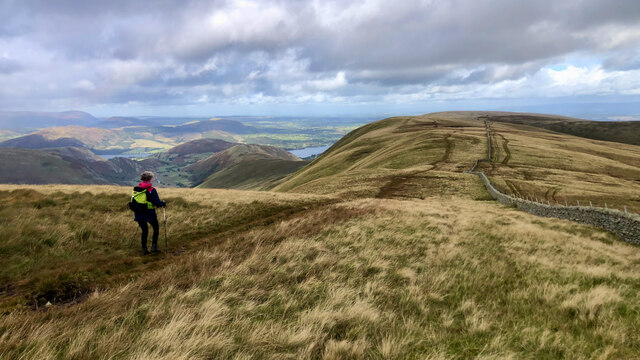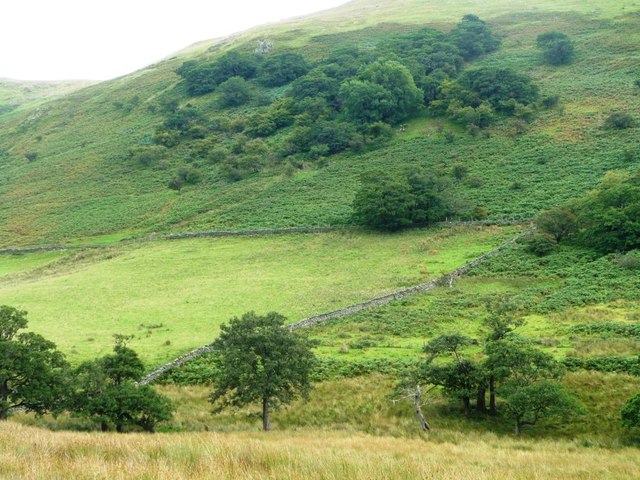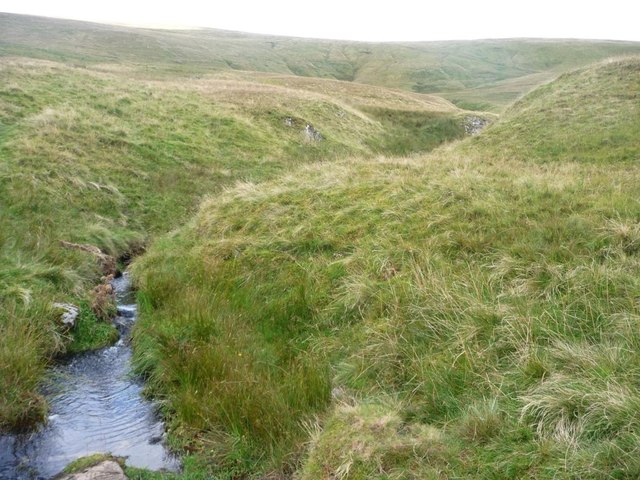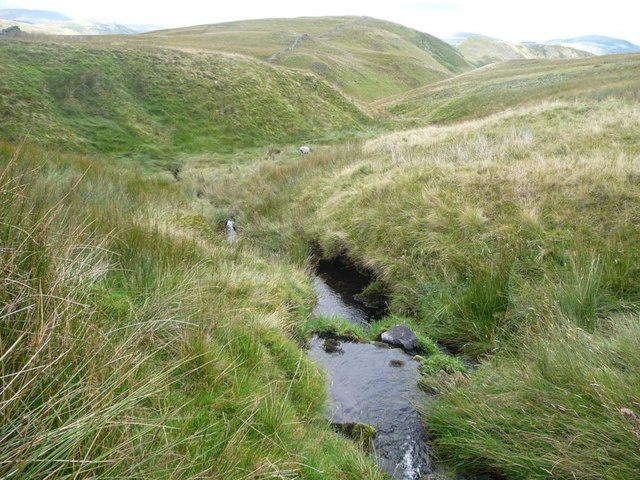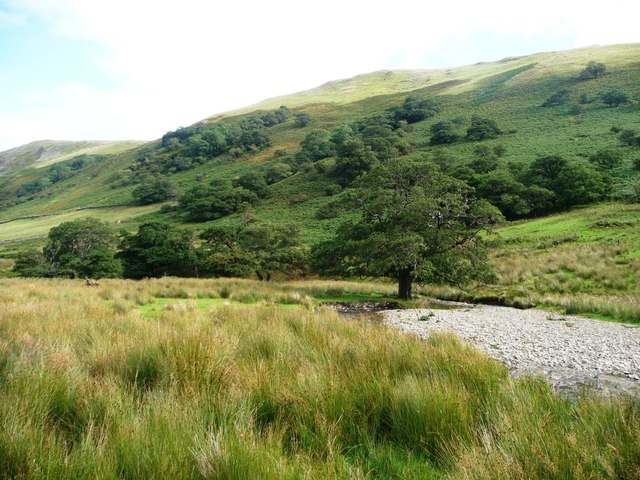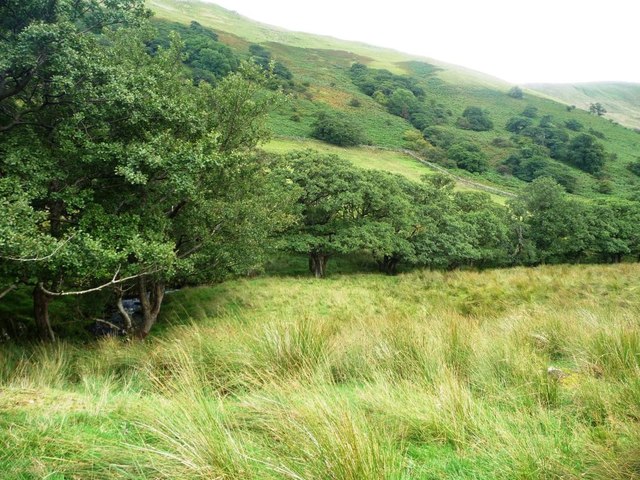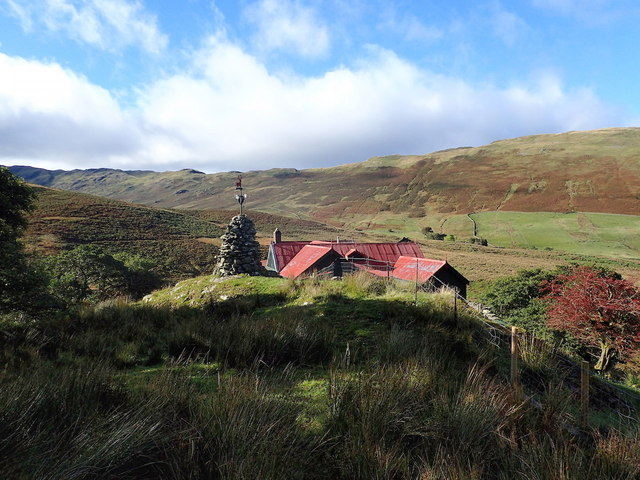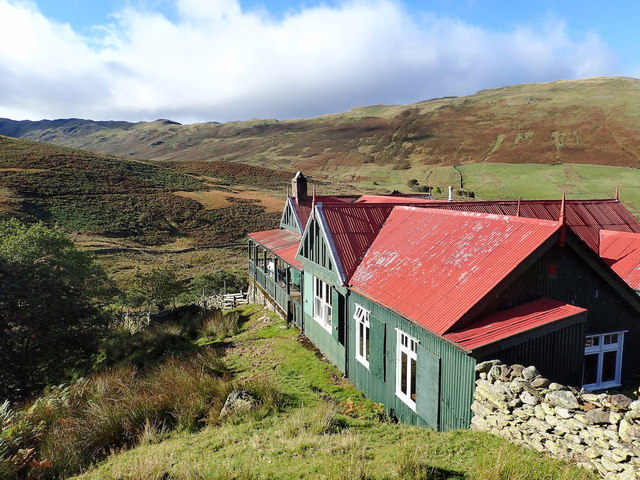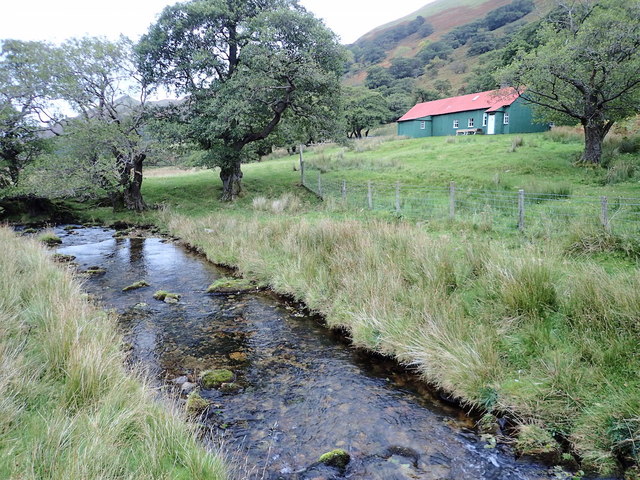Redcrag Tarn
Lake, Pool, Pond, Freshwater Marsh in Westmorland Eden
England
Redcrag Tarn
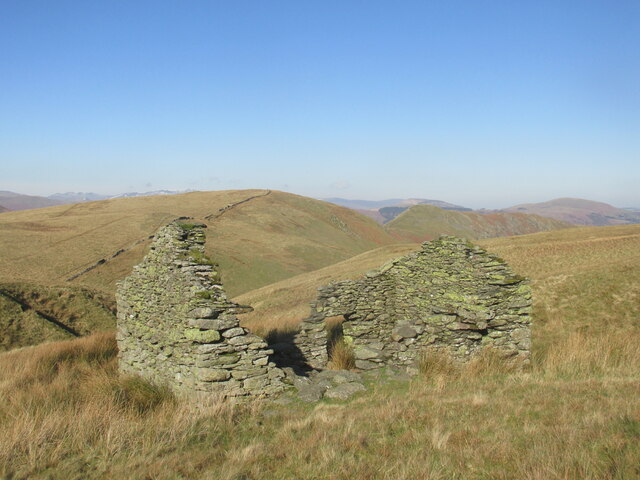
Redcrag Tarn is a picturesque lake located in the historic county of Westmorland, England. Nestled amidst the stunning landscape of the Lake District National Park, this freshwater tarn is a popular destination for nature enthusiasts and hikers alike.
Measuring approximately 1.5 acres in size, Redcrag Tarn is situated at an elevation of 1,000 feet above sea level. Surrounded by rolling hills and rocky outcrops, the tarn offers breathtaking panoramic views of the surrounding countryside. Its crystal-clear waters reflect the vibrant colors of the surrounding vegetation, creating a tranquil and serene atmosphere.
The tarn is fed by several small streams and springs that flow from the surrounding fells. Its water is cold and pure, making it an ideal habitat for a variety of aquatic plants and animals. The shores of Redcrag Tarn are lined with a diverse range of flora, including reeds, rushes, and water lilies, adding to its natural beauty.
The surrounding area of Redcrag Tarn is home to a rich array of wildlife. Visitors may spot various bird species, including ducks, swans, and herons, as well as small mammals such as otters and water voles. The tarn also supports a healthy population of fish, including brown trout and perch, making it a popular spot for anglers.
Redcrag Tarn offers a peaceful retreat for those seeking solace in nature. Its idyllic setting, combined with its diverse ecosystem and stunning vistas, make it a must-visit destination for anyone exploring the Lake District region.
If you have any feedback on the listing, please let us know in the comments section below.
Redcrag Tarn Images
Images are sourced within 2km of 54.527224/-2.8504973 or Grid Reference NY4514. Thanks to Geograph Open Source API. All images are credited.
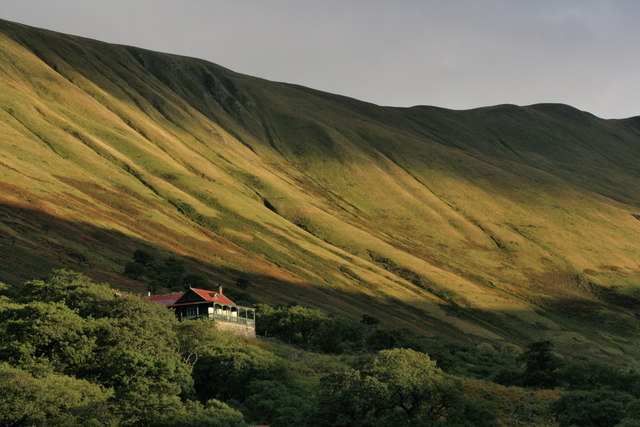
Redcrag Tarn is located at Grid Ref: NY4514 (Lat: 54.527224, Lng: -2.8504973)
Administrative County: Cumbria
District: Eden
Police Authority: Cumbria
What 3 Words
///shuffle.exchanges.cyber. Near Shap, Cumbria
Nearby Locations
Related Wikis
High Raise (High Street)
High Raise is a fell in the English Lake District, standing to the west of Haweswater Reservoir in the Far Eastern Fells. Note that another High Raise...
The Nab
The Nab is a fell in the English Lake District. It has a moderate height of 576 metres (1,890 feet), and lies in the quieter eastern high ground between...
Wether Hill (Lake District)
Wether Hill is a fell in the English Lake District, between Martindale and Haweswater. It lies on the main north-south ridge of the Far Eastern Fells between...
Rest Dodd
Rest Dodd is a fell in the English Lake District. It is situated in the quieter far eastern region of the national park and reaches a height of 696 metres...
Nearby Amenities
Located within 500m of 54.527224,-2.8504973Have you been to Redcrag Tarn?
Leave your review of Redcrag Tarn below (or comments, questions and feedback).
